Blog
Ecuador through Esteban’s eyes: chocolate, culture & conservation
Snippets of a chocolate themed conversation with our guide, Esteban, from Ecuador.
It must have been the fifth time that Sarah, our Director of Product & Delivery, had prompted me – “we have a guide who is desperate to talk to us about chocolate... he is very excited. Give him a ring.” She wasn’t wrong — but chocolate was just the beginning.
I picked up the phone expecting to talk about chocolate. Ninety minutes later, I was brimming with stories of wildlife, ancient traditions, and the life-changing power of sustainable travel.
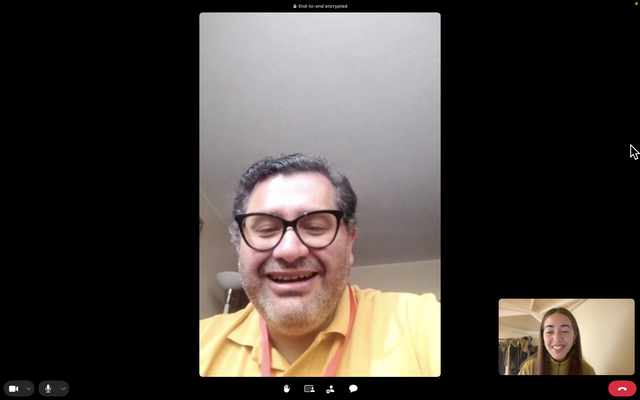
Meeting Esteban
Esteban’s welcome came with that signature Latin American warmth. After initial introductions in Spanish, he revealed his crisp-clear English, perfected after years of guiding. Within a few minutes of exchanging enthusiasms, I knew that my pre-written questions would be scrapped. The conversation continuously flowed, leaping between Ecuador’s diverse landscapes, the power that tourism holds and the ways that it can directly benefit communities.
For the past 6–7 years, Esteban has been guiding Pura Aventura travellers through Ecuador. “The experiences we offer are mutually beneficial,” he said. “Genuine travel that makes for extraordinary trips and directly benefits my community.”
Ecuador in Two Journeys: Galapagos & Amazon
When I asked Esteban about what kind of traveller would enjoy exploring his home country he
didn’t hesitate before advising, “If you’re looking for a unique wildlife experience, Ecuador is
perfect.” Two locations stood out and can be combined to create a contrasting experience.
The Galapagos Islands:
“A natural museum,” he called them, home to species that tell the story of evolution better than anywhere else. "The species are are giving you a genuine testimony of evolution, the Galapagos Islands are related with one of the three most important scientists philosophers around the world the famous Charles Darwin. We can guarantee that the observation of the species is going to be easier than other places around the world."
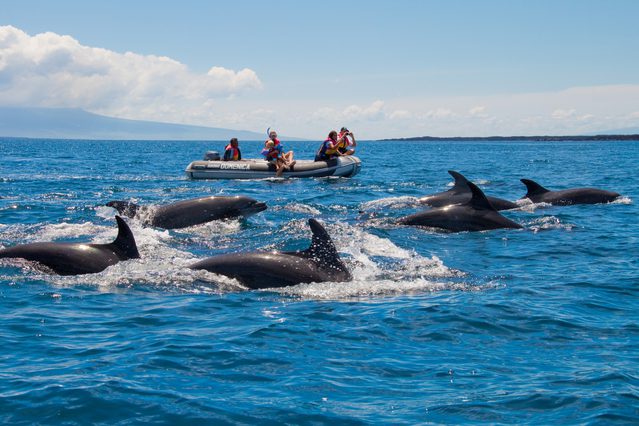
The Amazon Rainforest:
Located just 35 minutes by plane from Quito, followed by a motorboat ride deep into the Napo River region. “If you're interested in a complementary experience with the Galapagos Islands, you go to the Amazon Rainforest. You can see several numbers of monkeys, birds, spiders, emblematic species like the jaguar, anaconda, pink dolphins. If you’re very lucky then the harpy eagle.”
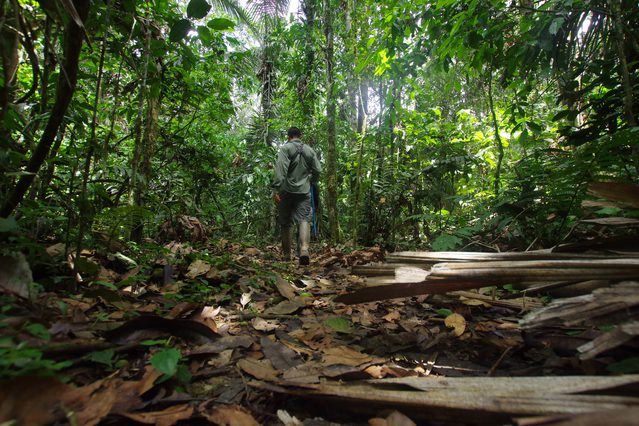
Tourism as a Force for Good
The question intriguing me was the connection to how tourism in these areas could lead to further protection of the wildlife.
We ask every one of our clients:
“Do you believe your trip made a positive impact?”
It is our job to give you the nitty gritty details of how each trip actually delivers a positive impact. The following insight from Esteban is a perfect example of how one trip to Ecuador can benefit people and planet.
He explained that while parts of the Amazon have been threatened by mining and logging, there are change-makers — lodges such as Napo Wildlife Centre, who “work directly with local communities”. Guests are guided by both an Ecuadorian English-speaking guide and a local native guide, “learning from each other” and exchanging knowledge on agriculture, ancestral skills, and ways of living in the Amazon.
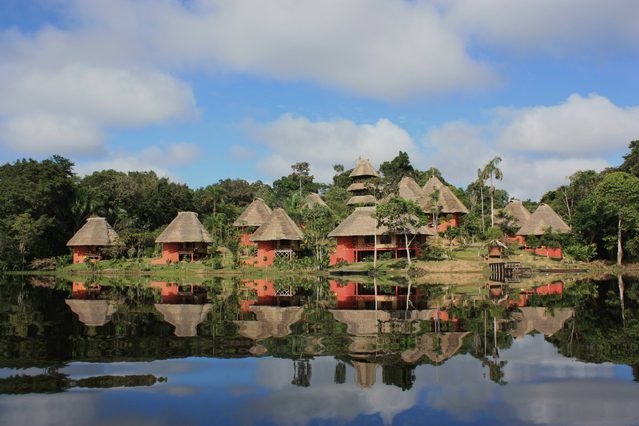
The lodge itself is built under strict sustainability standards, and “by staying, you are promoting new ways of activities... you are saving the ancestral knowledge, because you are giving it new value.”
Tourism here also bridges rural and urban Ecuador. Many of the Napo guides live in Quito, bringing city perspectives into the rainforest and returning home with deeper cultural and environmental understanding. Esteban shared the story of a friend who, inspired by this work, sold his city home to buy a private reserve in the rainforest — something made possible only through tourism.
These lodges aren’t just accommodation — they’re a living classroom, where native guides and professional guides share knowledge, preserve ancestral skills, and offer visitors a richer, more connected experience.
Ecuador’s economy has long relied on oil, shrimp, cacao, bananas, and plantain. Tourism is fifth — but Esteban is determined to see it climb. “Sustainable tourism can protect wildlife, preserve culture, and provide livelihoods,” he said.
“Travelling with companies like Pura makes the whole thing work.”
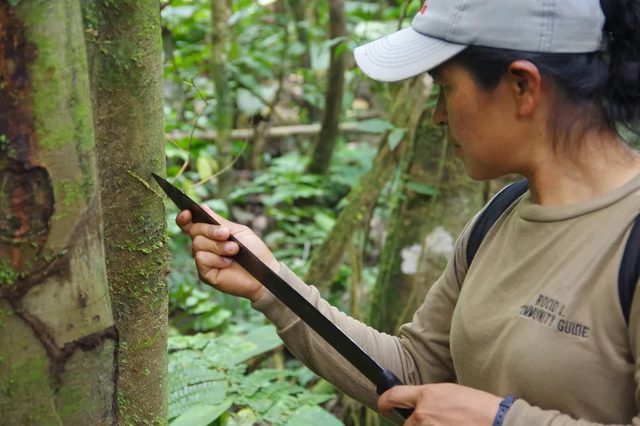
Celebrating the Sun, the Earth, and the Year’s End
At Pura, we can’t resist joining the action — dancing shoulder to shoulder at local fiestas and soaking up the rhythm of a place through its celebrations. So, I quizzed Esteban on which festivities are special to him.
- Año Viejo (New Years eve): Families craft paper-mâché “old year” effigies, often caricatures of politicians or personal frustrations, and burn them at midnight to start the year afresh.
- Inti Raymi (Festival of the Sun): Around June 21st, towns burst into week-long celebrations with dancing, music, and elaborate designs made from fruit and vegetables, honouring the sun and the earth’s generosity.
If you’re lucky enough to be in Ecuador during these times, Esteban says, you’ll experience the country at its most joyful.
The World’s Most Valued Chocolate
Then came the topic that first brought us together: chocolate.
Ecuador’s Cacao Arriba — also known as Fine Aroma Cacao — is among the world’s most prized. Brands like Pacari have racked up global awards, earning a reputation for ethical, organic chocolate made without middlemen.
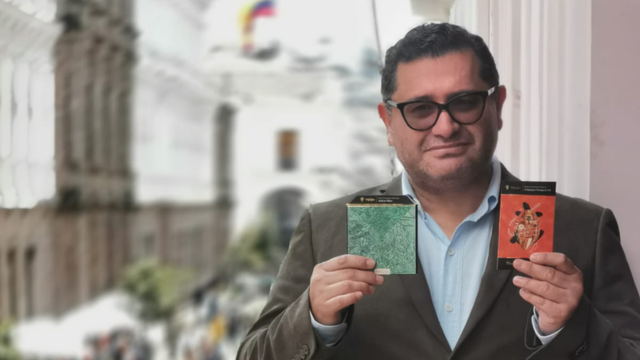
But the crown jewel?
For years, the name To’ak was more legend than reality for most Ecuadorians — a mythical chocolate spoken of in museums and whispered about by guides like Esteban, who could only show pictures of the $500, 50-gram bars destined for foreign buyers. “It was very frustrating,” he admits. “We were proud of our cacao, proud of our chocolate, but we couldn’t taste it ourselves.” That changed earlier this year, when To’ak launched Alchemy, a new collection using the same rare heirloom cacao but without the costly whisky-cask ageing of their signature bars — finally bringing this extraordinary chocolate within reach.
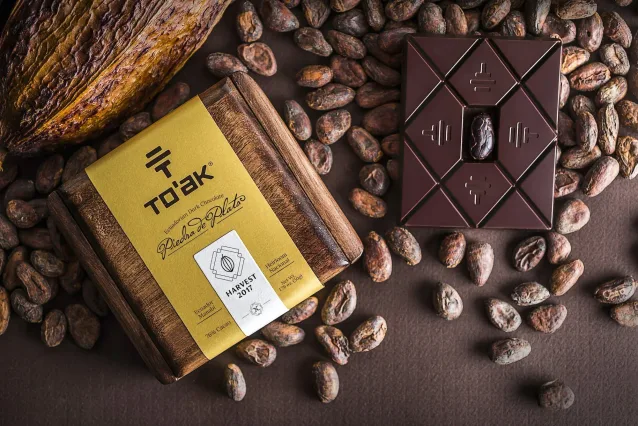
Its story is as rich as its flavour. In 2016, an Ecuadorian archaeologist unearthed a 5,300-year- old vessel in the Amazon, complete with stone carvings of cacao pods and traces of domesticated cacao — the oldest ever discovered. This discovery overturned centuries of belief, proving that cacao originated not in Mexico, but in the Amazon itself. And in 2006, a conservation project on Ecuador’s Pacific coast identified just nine surviving trees of this ancestral variety, now recognised by the international Heirloom Cacao Preservation Fund. From these few trees, in the valley of Piedra de Plata, comes To’ak’s chocolate.
Production remains tiny — no more than a thousand bars a year — because To’ak’s mission is to preserve genetic diversity, not pursue mass cultivation. Farmers are paid up to 700% above market rates, honouring the painstaking agricultural work needed to grow cacao in small, biodiverse plots. “Just 1% of farmers have tasted the chocolate made from their cacao,” Esteban says. “When we open a To’ak bar with our guests, it closes the circle between agriculture and tourism.”
For Esteban, this is more than a tasting — it’s an act of preservation, celebration, and respect. By visiting Ecuador and taking part in this experience, travellers help sustain a living link to the Amazon’s ancient past while shaping the future of ethical chocolate. “Travellers make this possible,” he says simply. “Thanks to them, good things are happening.
Quito: A City Between Volcanoes
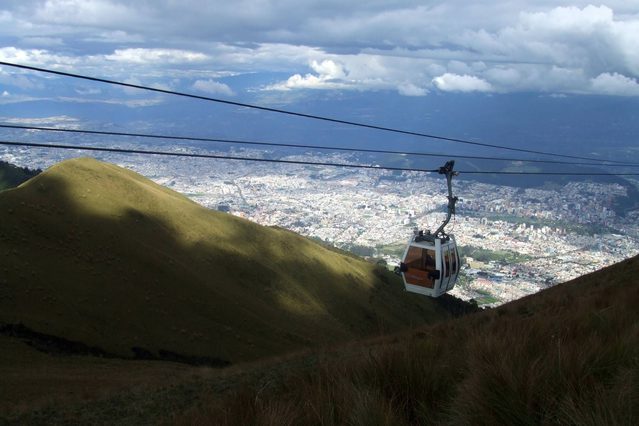
The place where the magic happens. At 2,850 metres above sea level, Quito is a city cradled by mountains, its UNESCO-listed old town alive with markets, gothic churches, and centuries of history.
Esteban’s tours in Quito weave together architecture, astronomy, and culinary stops — from fresh seafood stalls to fruit juice tastings — ending with a piece of the world’s most precious chocolate.
Final note
If you’ve ever had the privilege of touring with Esteban, these words are for you:
“We love Pura Aventura travellers because they are very nice, relaxed people who are here to enjoy each minute of their time. I have been very happy meeting them in the last five, six years. I always enjoy welcoming them. I’ve had great experiences, great conversations. I love questions. We are happy to offer them a wider experience — mixing history, architecture and science, but the best part, we are waiting for them to taste the best chocolate in the world."
Our call ended with shared thoughts on agriculture — a passion we could talk about for hours. It was refreshing to speak to someone so deeply committed to sharing and protecting their corner of the world. We are excited for Esteban to share it with many more Pura travellers.

Machu Picchu, Sacred Valley & Galápagos Islands
-
£9,500 pp
- 16 days

Our Ultimate Galápagos Holiday: 7-Night Cruise & Island Stay
-
£8,235 pp
- 13 days
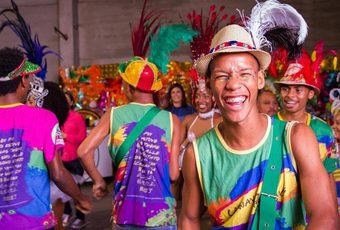
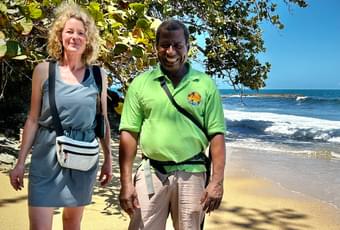
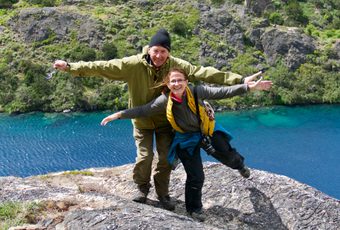


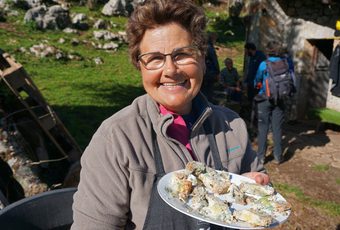

 By
By 
